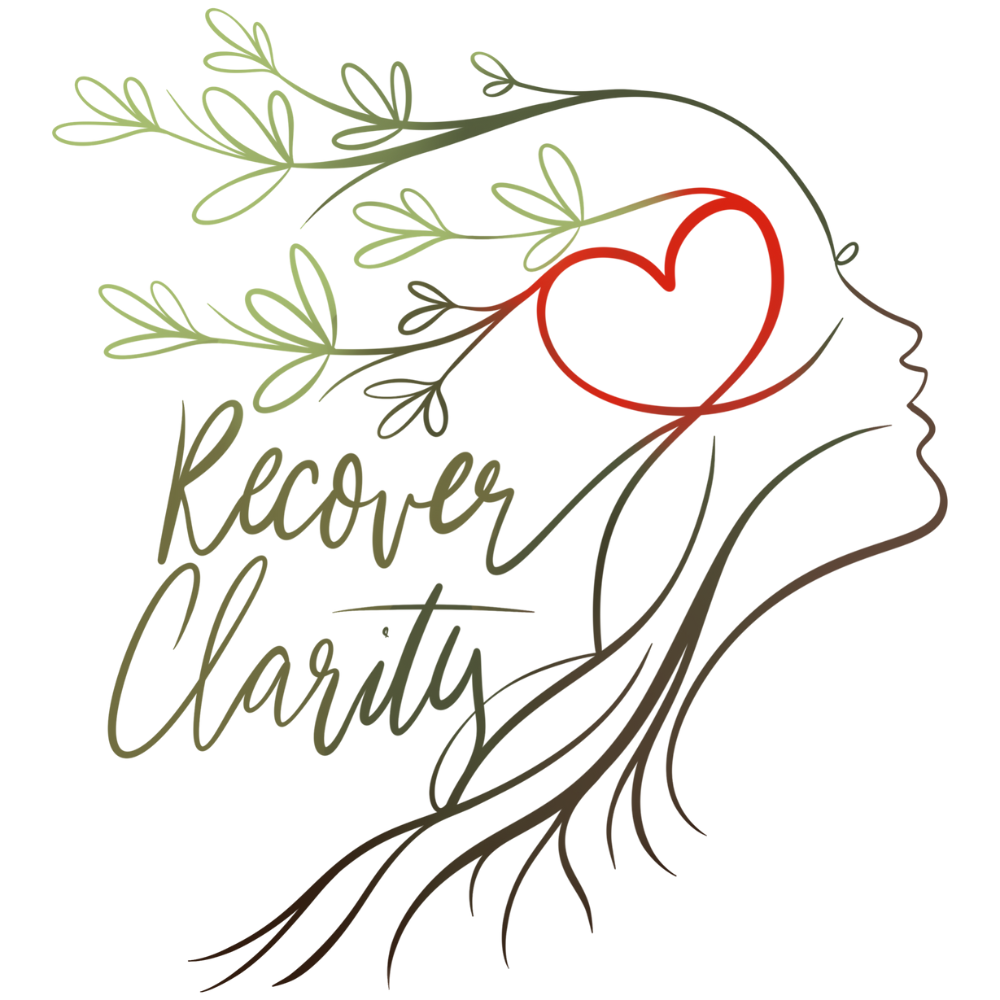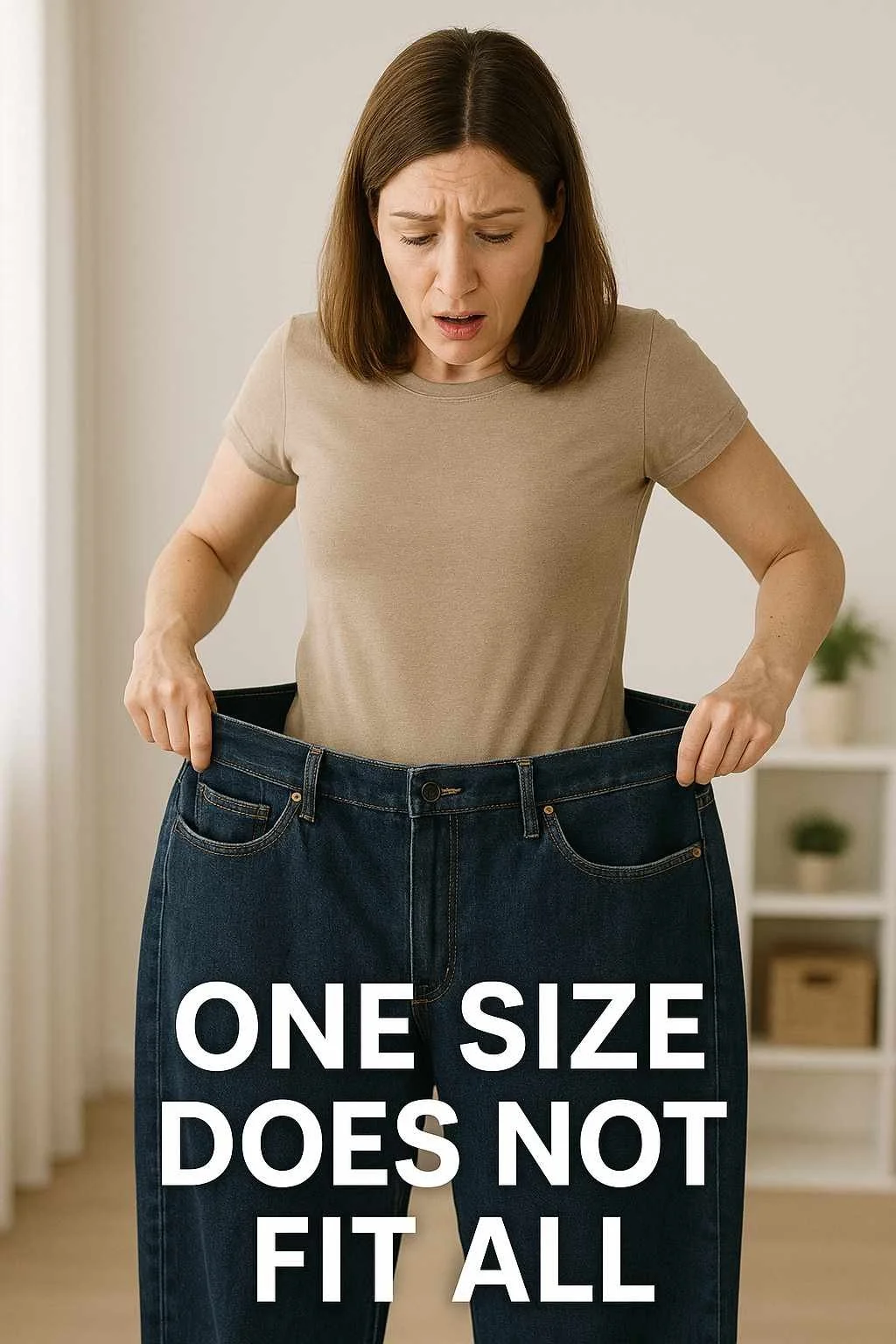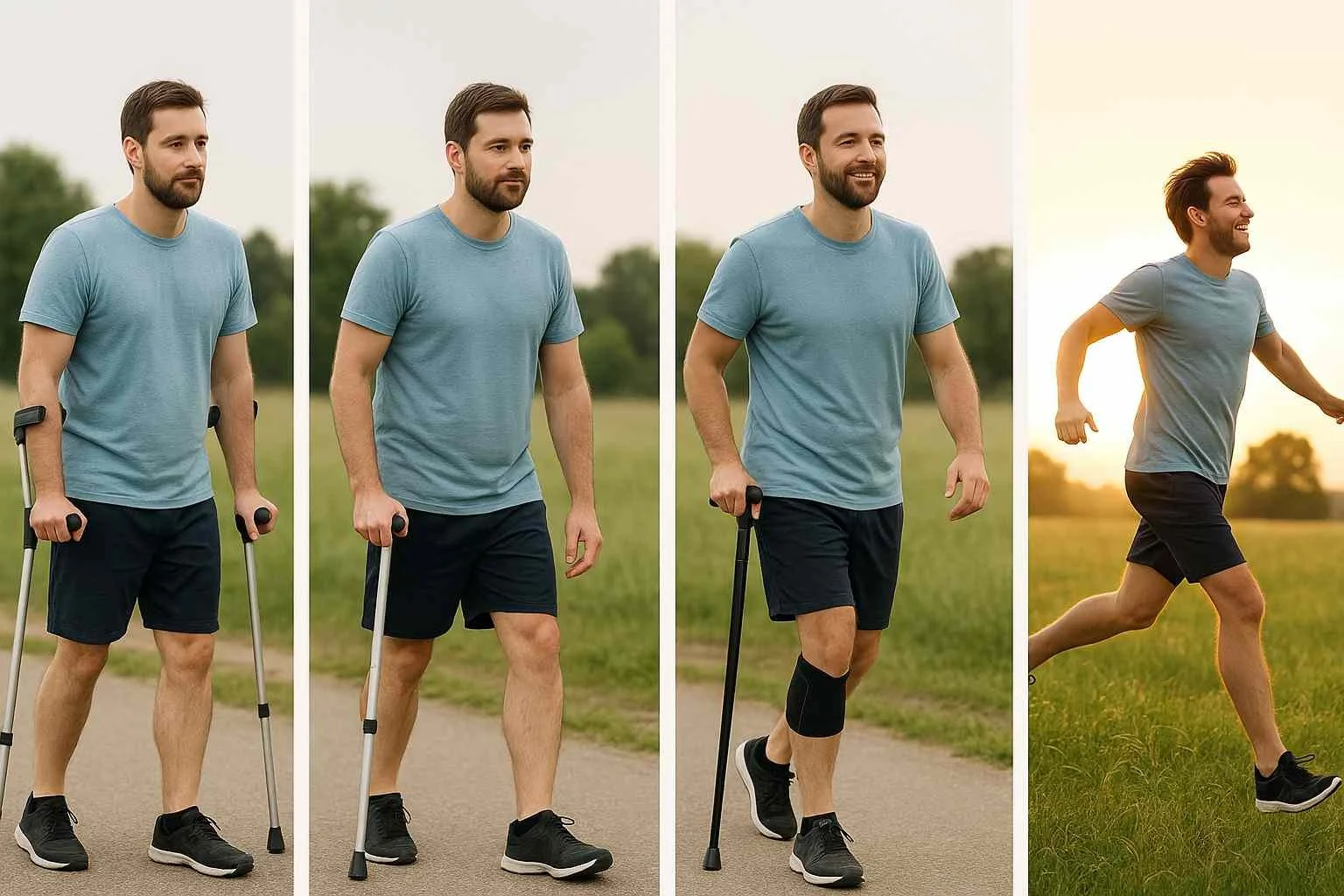How to Complete Suboxone Treatment with Minimal Withdrawal
Understanding Suboxone Treatment and Recovery
Suboxone, Subutex, and Zubsolv are widely used medications for treating opioid addiction. These medications help patients stabilize, reduce cravings, and manage withdrawal symptoms. However, completing treatment and tapering off safely is just as important as starting and something many treatment facilities do not assist with. At Recover Clarity, our goal is to help you achieve long-term recovery and eventually live free from all substances, including Suboxone, Subutex, or Zubsolv.
Many people start treatment on Suboxone, Subutex, or Zubsolv as a means to an end to the grasp of opioid addiction and relief from withdrawal symptoms and cravings. But what about completing a Suboxone treatment program? This is often a question people do not initially ask or even think about when entering an opioid addiction treatment program. The idea behind treatment should be to assist a person in getting to a point where they are free of all substances. And completing a program without any concerns of Suboxone withdrawal during the process of tapering off the medication, which requires appropriate decreases in Suboxone dosage.
Why Completing Suboxone Treatment Matters
Some people may have attempted to get free of their medication in the past but had bad outcomes. There are many reasons why a person may have had bad outcomes. First, often people will attempt to taper off medication on their own, which often is at too fast of a rate, causing them severe discomfort, cravings, and Suboxone withdrawal symptoms. Second, some facilities may incorrectly advise tapering either at wrong Suboxone dosage decreases or timing in a person’s life. There are many factors both physiological and psychological that need to be accounted for in a successful taper off Suboxone, Subutex, or Zubsolv.
Many patients never consider what it means to finish Suboxone treatment. The purpose of treatment isn’t just stabilization, it’s helping individuals transition to a life free of medication.
Without proper medical support, tapering off too quickly can lead to:
Severe withdrawal symptoms
Intense cravings
Relapse or poor treatment outcomes
Recover Clarity provides safe, physician-guided tapering plans to minimize discomfort and behavioral health assistance to maximize success.
Which Medication Is Best?
Truly, any medication that assists a person with getting their life under control and living a healthy substance free life is an amazing medication. But among the three medications of Suboxone, Subutex, and Zubsolv, it is Suboxone and Zubsolv which are preferred. The reason for these being preferred is the presence of Naloxone which is an opioid agonist. This assists those in recovery by providing a shield against misuse of the medication if one attempts to snort or inject the medication (Jones et al, 2017).
Click the following links to learn more in-depth about Subutex vs Suboxone and Zubsolv vs Suboxone.
What about Sublocade and Brixadi?
Again, any medication that helps someone better their life is amazing. Both Sublocade and Brixadi can be harder medications to get administered due to the nature and the cost of the medication. Often the availability to treatment options is a barrier for those seeking treatment for Opioid Use Disorder (OUD). The use of telehealth for Suboxone assists with this barrier, click here to learn more about the Advantages of Telehealth.
There are individual factors such as person’s metabolism, body fat percentage, having high liver enzyme of CYP3A4, all can cause a person to have withdrawal symptoms prior to the next medication injection.
Also, the psychological factor of addiction and needing something daily is not met by the monthly shot of these medications, which can cause psychosomatic responses with cravings. In a real-world trial against extended-release Buprenorphine (Sublocade) and sublingual Buprenorphine (Suboxone), it was noticed that the sublingual Suboxone demonstrated higher treatment retention rates and lower dropout rates compared to Sublocade (Ivasiy et al., 2025).
Is Suboxone Addictive?
Because Buprenorphine is an addictive medication many people then worry that they will just become addicted to Suboxone if they start taking it. As this is partly true, a quality clinic should work with a patient on tapering off the medication in a safe and controlled manner, such as what we do here at Recover Clarity. Depending on the dosage and where a person is at in life, transition from Buprenorphine treatment to a life free of medications can be as quick as a few months.
The addictive property of Buprenorphine is where many people develop concerns about this medication. It is commonly seen that people then have the belief that they are still in active addiction and just addicted to another substance when attending something like a Suboxone Clinic. It is understood where someone would view the medication this way, however, this is not the truth. As yes, the medication has addictive properties, if working a treatment program correctly, this is not at all like active addiction.
Methadone Compared to Suboxone / Buprenorphine
Often the incorrect views are on the medication Methadone, which is a higher scheduled full opioid agonist medication. Click here to learn about Methadone vs Suboxone and about how to Transition from Methadone to Suboxone. Medication allows a person a safe way to manage their cravings and withdrawal symptoms while rebuilding their life and healing. It is after these are completed that the person then can work towards completing the medication and getting back to life free from all substances. And with the assistance of quality Online Suboxone Doctors and therapeutic interventions, this is treatment provides many levels of support for a person.
Click here to learn more about the Myths and Misconceptions about Suboxone which often come from Methadone.
The One Size Fits All Model
Any medical treatment should not be a “One Size Fits All” model. Many treatment facilities sadly adhere to these strict treatment parameters and fail to forget patients are… HUMANS. Every person is different both physically and psychologically, which should be accounted for in their treatment plans. When it comes to Suboxone treatment, some may need higher dosages and longer durations, while others may complete treatment in only a few months.
There are differences in usage, tolerance, metabolisms, among many other physiological factors that play a role in medication dosage. Then the psychological aspect varies even more. Everyone has a different reason for the start of their substance misuse as well as the reasons for continued usage. Very common there are comorbid conditions (meaning two or more medical conditions that occur simultaneously in the same individual) that must be accounted for and often treated. This is why addiction treatment most commonly falls under Behavioral Health.
What Should Completing Suboxone Treatment Look Like?
One of the best ways we have found to explain completing Suboxone treatment at Recover Clarity is by an analogy to breaking a leg. You will not break your leg and a week later go run a marathon, it is a gradual healing process with the use of supportive tools and therapy. This is a great way to look at how Suboxone treatment should follow, but remember this is individual as there is no one size fits all.
Think of Suboxone as a set of crutches:
High dose = two crutches (support while life stabilizes)
Lower dose = cane (gradual independence)
Final dose preparation = brace (tool building in therapy)
Medication-free = walking/running freely (life without medication)
Entering treatment for opioid addiction is the highest level of needed medication, view this the same as needing two crutches to assist you. A person will remain on this dose as their life heals from what has happened in active addiction. During this time the person will work on rebuilding relationships, improving their employment and/or education, getting in a better living situation, rebuilding their financial life, and overall improving their quality of life.
While working on these and through therapeutic interventions such as Addiction Therapy, a person will gain understanding about their triggers, cravings, and relapse prevention. This provides them with the tools to be successful to start a taper on the medication.
High Dose / 2 Crutches
As a person is repairing their life from the effects of their addiction and gaining the tools for success, this is when we go to one crutch (the tapering process). As they continue to taper this would be like a cane then a brace. Life is improving but support is still needed during this process, less support than original as their improved quality of life and other tools in recovery are strengthening (like the bone is mending with the broken leg).
Lower Dose / Cane
Here is where close work with a therapist specializing in addiction therapy teaches you the tools to help the last transition to a life free of medication. During this time a person will learn more about coping strategies and other holistic concepts, such as mindfulness, to support a life free of substances and medications. To learn about holistic areas such as mindfulness in recovery, click here to read Recover Clarity’s Blog.
Final Dose Preparation / Brace
Medication-Free / Walking and Running Freely
With the last step to be completely free of the medication and living a life free of any substances. This is to be viewed as running freely through a beautiful field or completing a marathon, to show how amazing a free you will be once completing treatment and ending the addiction that has affected you.
If you are ready to be assisted with regaining control of your life and being free of the grasp of any substance, please contact us at Recover Clarity by completing the Contact Us form or by simply calling or texting us at 888-543-2230.
3 Common Challenges When Tapering Off Suboxone
Self-Tapering Too Quickly
Patients who attempt to quit without guidance often reduce their dose too fast, causing painful withdrawal.Improper Clinical Guidance
Some treatment centers reduce doses incorrectly or at the wrong time in a patient’s life, leading to unnecessary suffering. This at times is specifically done to keep a patient on medication for revenue gains, which is sadly a common and horrible practice.Psychological & Physiological Factors
Every patient’s situation is unique. A successful taper must consider mental health, life stability, and support systems. And provide aftercare plans and prepare the person for life changes and challenges along the way.
Suboxone Withdrawal: What to Expect
Abrupt stop = withdrawal
Stopping suddenly, especially at high doses, can trigger severe withdrawal symptoms.Medically supervised taper = minimal symptoms
With guidance from online Suboxone doctors at Recover Clarity, most patients experience little to no withdrawal.Avoiding precipitated withdrawal
Taking Suboxone too soon after opioid use can cause severe “precipitated withdrawal.” To prevent this, patients must:Wait 36–48 hours after last opioid use, or
Begin with Subutex before transitioning to Suboxone or Zubsolv.
Suboxone Dosage and Tapering Guidelines
Suboxone should start at the lowest effective dose—usually equal to or below 16mg. Titration to higher doses may be needed, but only medically supervised.
Remember the lower the dosage, the sooner to freedom from medication.
Tapering is best done in 2mg reductions or less, allowing time to stabilize before further decreases (Sigmon et al., 2013). Slower tapering has shown higher success rates (Bozinoff et al., 2022).
You need to allow your brain time to adjust to tapers in medication and to start to produce the endorphins and dopamine that you are synthetically providing your body and brain.
Suboxone strips are preferred for tapering because they allow for smaller, precise dosage reductions.
Some forms of the medication in tablet form can come in 2mg amounts, but often will be harder to find at pharmacies.
Drastic drops (like 8mg at once) often trigger cravings and withdrawal symptoms.
At Recover Clarity, we customize every tapering plan to the patient—because recovery is never one-size-fits-all.
Why Choose Recover Clarity?
Compassionate Care: We treat addiction recovery as a journey, not just a prescription.
Experienced Providers: Our team specializes in safe tapering and long-term recovery.
Telehealth Options: Accessible care through secure online Suboxone treatment.
Personalized Plans: Tapering schedules built around your life, stability, and goals.
Call or text 888-543-2230 for a free consultation today.
Frequently Asked Questions (FAQ)
Q: Can I stop taking Suboxone suddenly?
No. Stopping suddenly can cause painful withdrawal. A medically supervised taper is the safest way.
Q: How long does it take to taper off Suboxone?
It depends on your dose and life stability. Some patients taper in a few months; others may need a year or more.
Q: Will I feel withdrawal symptoms while tapering?
When done correctly, most patients experience little to no withdrawal symptoms.
Q: Is Suboxone safer than Methadone?
Yes. Suboxone (Schedule III) is a partial opioid agonist, while Methadone (Schedule II, same as heroin and fentanyl) is a full agonist with higher risks.
Q: Can I taper off Suboxone through telehealth?
Yes. Recover Clarity provides online Suboxone doctors who safely guide patients through tapering from home.
References
Bozinoff, N., Men, S., Kurdyak, P., Selby, P., & Gomes, T. (2022). Prescribing Characteristics Associated With Opioid Overdose Following Buprenorphine Taper. JAMA Netw Open, 5, 9.
Ivasiy, R., Madden, L. M., Johnson, K. A., Machavariani, E., Ahmad, B., Oliveros, D., Tan, J., Kil, N., & Altice, F. L. (2025). Retention and dropout from sublingual and extended-release buprenorphine treatment: A comparative analysis of data from a nationally representative sample of commercially-insured people with opioid use disorder in the United States. The International journal on drug policy, 138, 104748.
Jones, J. D., Manubay, J. M., Mogali, S., Metz, V. E., Madera, G., Martinez, S., Mumtaz, M., & Comer, S. D. (2017). Abuse liability of intravenous buprenorphine vs. buprenorphine/naloxone: Importance of absolute naloxone amount. Drug and alcohol dependence, 179, 362-369.
Sigmon, S.C., Dunn, K.E., Saulsgiver, K., Patrick, M.E., Badger, G.J., Heil, S.H., Brooklyn, J.R., & Higgins, S.T. (2013). A randomized, double-blind evaluation of buprenorphine taper duration in primary prescription opioid abusers. JAMA Psychiatry. 70, 12.






